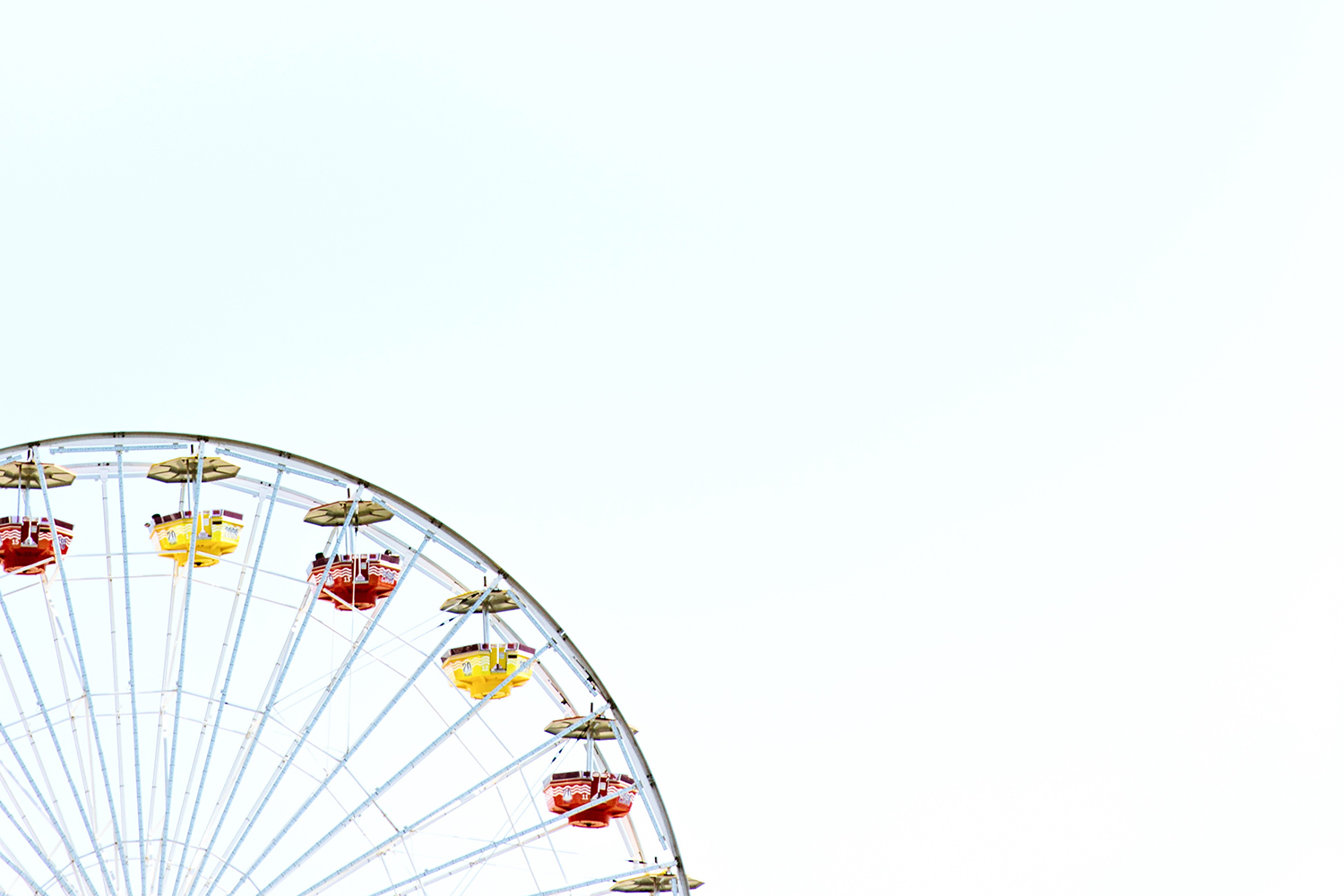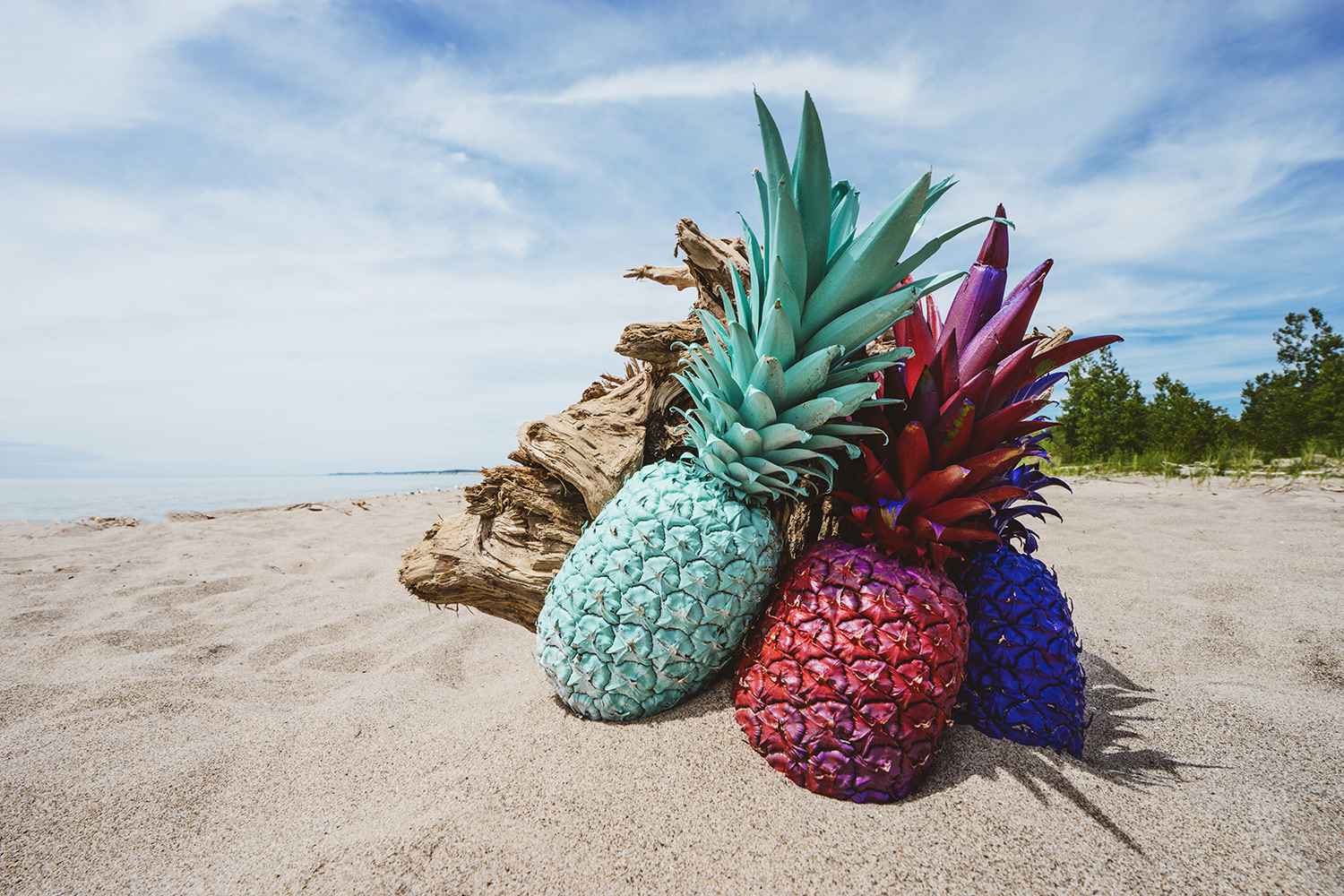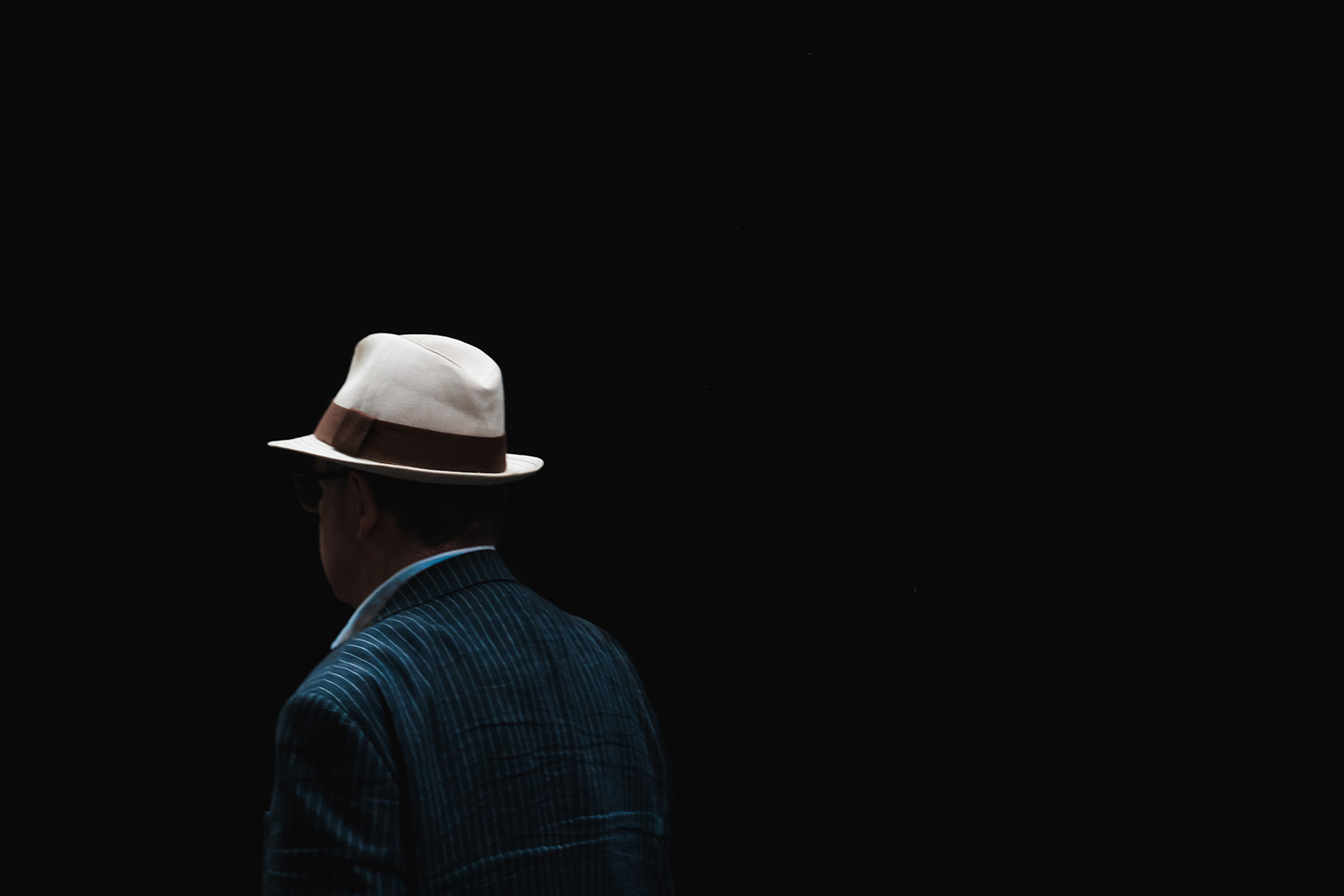What are Color Space and Negative Space in Photography?
Space is an essential element in any art. In photography (especially in landscape and nature photography), color space and negative space can affect how your images come out.
As such; whether you are a hobbyist, newbie, or professional photographer, it is essential to understand what these spaces mean – and what their purposes are.
I’m sure you’ve heard those terms thrown around, but do you know what exactly color space and negative space mean? They are two completely different things; we’ll demystify everything for you in this article.

What is Color Space?
Have you ever wondered why your photos often come out differently when you upload them online? Most of the time, their colors appear lighter, a bit different – dull or washed out. This is what happens when the color space setting chosen is not ideal. Social media and most websites usually use the sRGB color space when displaying images. And this is why your images appear different – with colors altered.
Most modern cameras use sRGB (Red, Green, Blue). The other two are ProPhoto RGB and Adobe RGB. Among the three, sRGB has the most limited color range. This is why your photos lose their “original color” once they are uploaded online. ProPhoto RGB has the widest.
This is what color space is all about. It pertains to the range or gamut of colors that can be seen by a camera, monitor, printer, or any device. Color space defines all colors that are found in an image or photo. So when you need to transfer a file (like when you’re uploading online) or if you’re planning to reproduce an image, you rely on color space to make sure that the original colors are not altered.
If you’re wondering what color space “looks like,” try to imagine this: a big box filled with colors. Those that are near the center are the ones that are bright, alive, and natural-looking. Those that are farthest from the center are the ones that lose their life. They’re the ones that lose brightness and saturation.
The range of colors depends on the space. So for example, you put an empty pail inside a box, that space taken up by the pail represents the variety of colors you’ll find in that color space. If you put in a larger pail, the range of colors will be wider.

Tips for Using Color Space
The first thing you need to do is adjust the settings of your camera so you’ll get the right color space for whatever output device you are using. The color space you’ll use when taking photos should be the same one you will use for editing and printing (or uploading). If you use a variety of color spaces for these, you won’t reproduce the colors that you want – the original ones. This also ensures better workflow and color management.
In addition, you also have to know and familiarize the color spaces of your devices such as your monitor, for example. It is important to identify the color space your monitor uses. This will help you adjust and visualize how the image (and particularly the color) will come out once it is printed.
Also, since large color spaces produce livelier and brighter photos, you should use AdobeRGB for your camera – that is if it is supported. However, if your primary intention is to put your images online, it would be advisable to go for sRGB color space. If you use a larger color space and then upload your photos online, the images will appear washed out as web browsers and sites use the sRGB color space in displaying images.
There are some photographers, however, who prefer to shoot in Adobe RGB color space and then convert their image(s) to sRGB when there is a need. Once the images are converted, they adjust the brightness and saturation so the photos will retain their original colors – or close to.
Negative Space
Negative space is just as important for photographers as color space. Simply put, negative space or white space is that area you see around and between objects in a photograph. Therefore, it is that space that surrounds a photo’s main subject – especially when you’re shooting landscape and nature. It may be a simple concept, but it can do a lot and turn ordinary photos into extraordinary ones.
To help you visualize what negative space is, imagine a photo showing a vast sky and the sun. The sun, which is the main subject, is called the positive space. The sky, which surrounds the subject, is the negative space.
What negative space does to an image is emphasize its main subject. It gives viewers a reason to get drawn to the subject. Like magnet. You can’t help but notice how beautiful the setting sun is because the vast sky was enveloped in its golden hue.
Additionally, negative space also helps viewers relax their eyes while viewing a photo. It’s the space where you can rest for a while; it is the breathing space and therefore helps prevent cluttered images. As such, it helps photographers compose their shots.

Tips for Using Negative Space
Before taking a shot, frame your image well, making sure that the positive and negative spaces are balanced. Don’t be afraid to leave empty spaces, as this will help you prevent image cramming. You can practice by using old photos and cropping them to get the desired effect you want.
Here are four ways you can use negative space in your photos:
- Negative space can be used to emphasize the subject and draw attention to it. An empty wall behind a mother and daughter crossing the street will draw the viewers to the action/main subject. The setting sun pops out in the image because it is set in a vast empty sky. The negative stays in the background while the positive is emphasized.
- Negative space can be used to create a mood or emotion. This depends on the colors you use (or can find) for your image. So, if the blank wall behind the mother and daughter crossing the street is a warm color, viewers will interpret the emotion as warmth emanating from a mother’s love.
- Negative space can be used to create simplicity and minimalism in an image. Sometimes, the simplest images are the most beautiful. A radiant bride in white standing in the middle of a green field is a sight to behold compared to one with contrasting colors and a slew of other objects. This simplicity allows the bride to shine – she becomes the center of attention.
- Negative space allows photographers some space for text, especially for those who are planning for their images to be used for ads, publications (such as magazines), or for stock photography.
Negative space will help make your photos look extraordinary. It is important, however, to not overdo it.
Conclusion
Color space and negative space are important elements of photography, and it doesn’t matter if you’re using a high-end DSLR, a point-and-shoot, or a smartphone. Any photographer who takes the craft seriously should find time to balance the negative and positive spaces, as well as to set up color space.
And remember, practice makes perfect. So find those old photos – or go to the park – and start practicing now!
